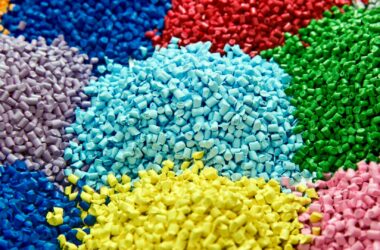Rapid Mixer Granulators (RMGs) are essential equipment in pharmaceutical manufacturing, playing a pivotal role in the wet granulation process. These machines are responsible for mixing powders and granules with binding agents to create homogeneous granules that can be compressed into tablets or filled into capsules. Process optimization and scale-up in RMG operations are critical for achieving consistent product quality, efficiency, and cost-effectiveness. In this technical article, we will delve into the principles and best practices for optimizing and scaling up RMG processes.
Understanding the RMG Process
Before delving into optimization and scale-up strategies, let’s briefly understand the RMG process:
- Mixing: RMGs use high-speed impellers and choppers to mix powders and granules with granulating liquid, forming a wet mass. Effective mixing ensures uniform distribution of the binder.
- Granulation: During granulation, the wet mass is further processed to create granules of the desired size and density. This step involves impeller and chopper adjustments to control granule growth.
- Drying: Post-granulation drying removes moisture from the granules, typically using a hot air stream. Proper drying is crucial to achieve the desired final moisture content.
Process Optimization
Optimizing RMG processes enhances product quality, reduces waste, and improves overall efficiency. Here are key considerations for optimization:
1. Powder Selection and Preprocessing:
- Carefully select raw materials with appropriate particle size distribution and flow properties.
- Preprocess powders to ensure uniformity and reduce agglomeration.
2. Binder Selection and Optimization:
- Choose binding agents that are compatible with the formulation.
- Optimize binder concentration and addition rate to achieve the desired granule properties.
3. Mixing Parameters:
- Adjust impeller and chopper speeds to achieve optimal mixing and granulation.
- Monitor torque and power consumption as indicators of mixing efficiency.
4. Granulation Endpoint:
- Define clear criteria for the endpoint of granulation, such as granule size and moisture content.
- Use real-time process monitoring and control systems to achieve consistent results.
5. Drying Process:
- Optimize drying parameters, including temperature and airflow rate.
- Ensure granules are dried uniformly to prevent over- or under-drying.
6. Equipment Maintenance:
- Regularly inspect and maintain RMG equipment to prevent wear and ensure reliable operation.
- Replace worn or damaged parts promptly.
Scale-Up Considerations
Scaling up RMG processes from laboratory or pilot-scale to production-scale introduces additional complexities. Successful scale-up requires careful planning and evaluation:
1. Geometric Similarity:
- Maintain geometric similarity between the laboratory-scale and production-scale RMGs to ensure consistent flow patterns and mixing dynamics.
2. Equipment Capacity:
- Ensure that the production-scale RMG has the capacity to handle the increased batch size while maintaining efficient mixing and granulation.
3. Binder Distribution:
- Verify that the binder distribution and addition methods used in the laboratory-scale process can be replicated at the production scale.
4. Process Validation:
- Conduct extensive process validation studies to confirm that the scaled-up process meets quality and regulatory requirements.
5. Regulatory Compliance:
- Ensure that the scaled-up process complies with regulatory guidelines, including Good Manufacturing Practices (GMP).
Process optimization and scale-up for Rapid Mixer Granulators are vital steps in pharmaceutical manufacturing. Efficient and robust RMG processes lead to high-quality granules, reduced production costs, and shorter time-to-market for pharmaceutical products. Manufacturers should invest in research, development, and process validation to ensure that RMG processes are optimized and seamlessly scaled up to meet the demands of a competitive and regulated industry. By implementing these best practices, pharmaceutical companies can achieve consistent, reliable, and cost-effective granulation processes in their quest to deliver safe and effective medications to patients worldwide.







